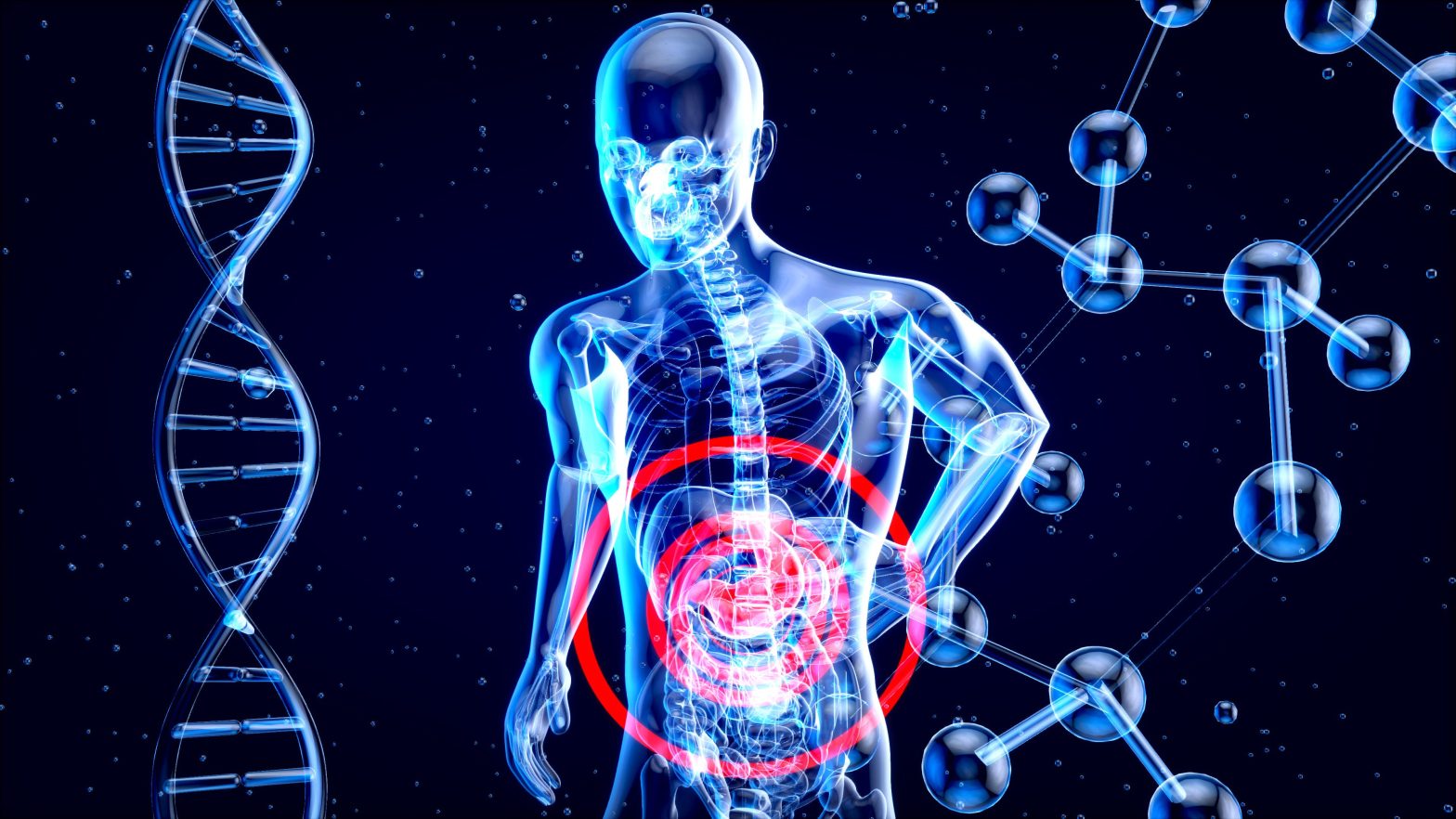Imagine a world where diseases are detected and treated with microscopic flowers made of DNA. This isn’t science fiction; it’s the emerging reality of DNA nanoflowers. These tiny structures, crafted from DNA, hold immense promise for revolutionizing medical diagnostics and therapies. Their unique properties make them ideal candidates for targeted drug delivery, highly sensitive disease detection, and even circumventing drug resistance in cancer treatment.
This article delves into the fascinating world of DNA nanoflowers, exploring their potential to diagnose and treat diseases. We’ll examine how these structures are created using a technique called DNA origami, their unique advantages, the challenges that remain, and the exciting progress being made in their application. Join us as we uncover the potential of these remarkable nanostructures to transform healthcare.
DNA Origami: Folding the Building Blocks of Life
DNA, the molecule of life, is known for its iconic double helix structure. But what if we could manipulate DNA to create custom shapes and structures? That’s the essence of DNA origami, a technique that allows researchers to fold long strands of DNA into specific shapes using short, complementary strands as ‘staples’. By carefully designing these staple strands, scientists can create a variety of shapes, including intricate flower-like structures.
These DNA nanoflowers, as the name suggests, are structures made entirely out of DNA and shaped like tiny flowers. The petals of a DNA nanoflower are made up of individual DNA strands that curl around each other. Under magnification, they resemble miniature roses, showcasing the beauty and complexity of these engineered nanostructures.

Blooming Promise: The Potential of DNA Nanoflowers in Biotechnology
DNA nanoflowers hold a wealth of potential in various biotechnology applications, particularly in diagnostics and therapeutics. Their unique properties, stemming from their DNA composition and customizable structure, offer several advantages over traditional methods.
- Biocompatibility: DNA is a naturally biocompatible material, meaning it doesn’t cause toxicity or adverse effects within the body. This makes DNA nanoflowers ideal for applications such as drug delivery vehicles and internal diagnostic tools.
- Programmability: The precise nature of DNA allows for the design of nanoflowers that can recognize and bind to specific molecules. This programmability enables targeted drug delivery and highly specific diagnostic capabilities. Furthermore, their size can be adjusted to suit specific applications.
- Loading Capacity: DNA nanoflowers possess a high surface-volume ratio, allowing them to carry a significant amount of cargo, such as drugs or imaging agents. This enhanced loading capacity makes them efficient delivery vehicles for therapeutic and diagnostic agents.
- Stability: DNA is well-adapted to the conditions within the body, and DNA nanoflowers exhibit broad tolerance to pH, temperature, and enzymatic degradation. This stability ensures their integrity and functionality within the biological environment.
Flower Fields: Challenges and Future Directions
Despite their promising potential, several challenges remain before DNA nanoflowers can achieve widespread use. Addressing these challenges is crucial for unlocking the full potential of these nanostructures in medicine and biotechnology.
- Scale and Cost: Producing DNA nanoflowers on a large scale in a cost-efficient manner remains a significant hurdle. Developing scalable and cost-effective manufacturing processes is essential for their widespread adoption.
- Stability vs. Degradation: Striking the right balance between stability and biodegradability is crucial. Nanoflowers need to be stable enough to survive transport and distribution but also biodegradable to prevent long-term accumulation in the body.
- Targeting: Ensuring that DNA nanoflowers reach their intended target is another challenge. While they can be designed to recognize specific molecular targets, this isn’t always the case for less well-known molecules. Moreover, designing nanoflowers for multiple targets can affect their stability and design.
Researchers are actively exploring various strategies to overcome these challenges. Computer-aided design is playing an increasingly important role in optimizing the structure and function of DNA nanoflowers. Hybrid approaches, combining DNA with other materials such as chemical modifications, proteins, or polymers, are also being investigated to enhance their properties.
Researchers are also focusing on these concerns, for example, attempting to enhance DNA stability by chemical modifications or encapsulation by other biomolecules. Addressing and solving these challenges would strongly promote the further application of dynamic DNA nanostructures in the biomedical field.
Glimpses of Potential: Neat Examples of DNA Nanoflower Applications
Despite the challenges, we are already seeing glimpses of the potential of DNA nanoflowers in cell cultures and mouse models. These early successes highlight the versatility and promise of these nanostructures.
- Circumventing Multi-Drug Resistance in Cancer Therapy: DNA nanoflowers have shown promise in overcoming drug resistance in cancer cells, potentially leading to more effective cancer treatments.
- Highly Sensitive Detection of Staphylococcus aureus: These nanostructures can be used for highly sensitive detection of Staphylococcus aureus, a bacterium that can cause drug-resistant infections.
- Detecting Hepatitis B with an Off-the-Shelf Pregnancy Test: In a particularly innovative application, DNA nanoflowers have been used to detect hepatitis B using a readily available pregnancy test.
Conclusion: A Bouquet of Possibilities
DNA nanoflowers represent a significant advancement in nanotechnology with immense potential for revolutionizing medical diagnostics and treatments. Their biocompatibility, programmability, and stability make them ideal candidates for targeted drug delivery, highly sensitive disease detection, and overcoming drug resistance.
While challenges remain in scaling up production, ensuring stability, and achieving precise targeting, ongoing research is actively addressing these issues. With continued progress, DNA nanoflowers could become a powerful tool in our fight against disease, offering new hope for more effective and personalized therapies. A bouquet of flowers might change your life someday.
